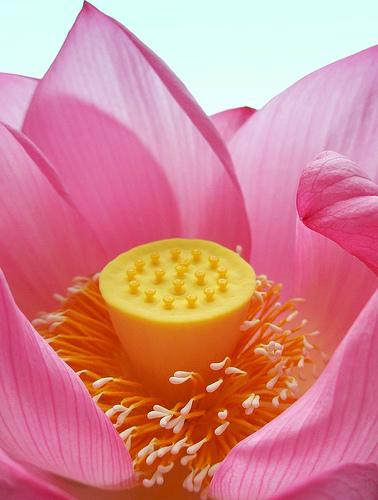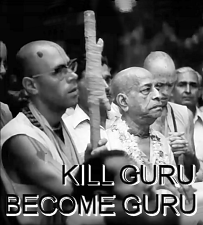 Prabhupada, conversation with Cardinal Danielou: ..Even a tree has a soul, but a tree’s consciousness is not very developed. If you cut a tree it does not resist. Actually, it does resist, but only to a very small degree. There is a scientist named Jagadish Chandra Bose who has made a machine which shows that trees and plants are able to feel pain when they are cut. And we can see directly that when someone comes to kill an animal, it resists, it cries, it makes a horrible sound. So it is a matter of the development of consciousness. But the soul is there within all living beings. Full Conversation
Prabhupada, conversation with Cardinal Danielou: ..Even a tree has a soul, but a tree’s consciousness is not very developed. If you cut a tree it does not resist. Actually, it does resist, but only to a very small degree. There is a scientist named Jagadish Chandra Bose who has made a machine which shows that trees and plants are able to feel pain when they are cut. And we can see directly that when someone comes to kill an animal, it resists, it cries, it makes a horrible sound. So it is a matter of the development of consciousness. But the soul is there within all living beings. Full Conversation
Behavior Breakthrough: Like Animals, Plants Demonstrate Complex Ability to Integrate Information
ScienceDaily (June 25, 2010) — A University of Alberta research team has discovered that a plant’s strategy to capture nutrients in the soil is the result of integration of different types of information.
U of A ecologist J.C. Cahill says the plant’s strategy mirrors the daily risk-versus-reward dilemmas that animals experience in their quest for food.
Biologists established long ago that an animal uses information about both the location of a food supply and potential competitors to determine an optimal foraging strategy. Its subsequent behavioral response is based on whether the food supply is rich enough to accept the risks associated with engaging in competition with other animals.
Cahill found plants also have the ability to integrate information about the location of both food and competitors. As a result, plants demonstrate unique behavioural strategies to capture soil resources.
Previous studies show plants alter the growth of their roots in relation to the placement of food or a competing plant. Cahill and his colleagues now show an integration of both location and competition information in plants. “This ability to integrate information is a level of complexity never seen in plants before,” said Cahill. “This is something we assumed only happened with animals.”
Using a mini-rhizotron camera, referred to by Cahill’s team as a “camera on a stick,” the researchers compared the root movement of potted plants in relation to various positions of nutrients and competing plants.
The roots of one plant in a pot where nutrients were evenly distributed occupied the entire breadth of the soil.
When two plants occupied a single pot and the nutrients were evenly distributed, the roots stopped growing laterally towards each other. There was complete segregation of the root systems; the plants avoided contact with one another. Cahill says in terms of risk versus reward, the plants avoided each other because the rewards were low.
But when nutrients were placed between two plants sharing a single pot, both plants grew their roots much closer towards each other. Cahill says in this case the rewards were high, and the plants risked increased competition.







Speak Your Mind